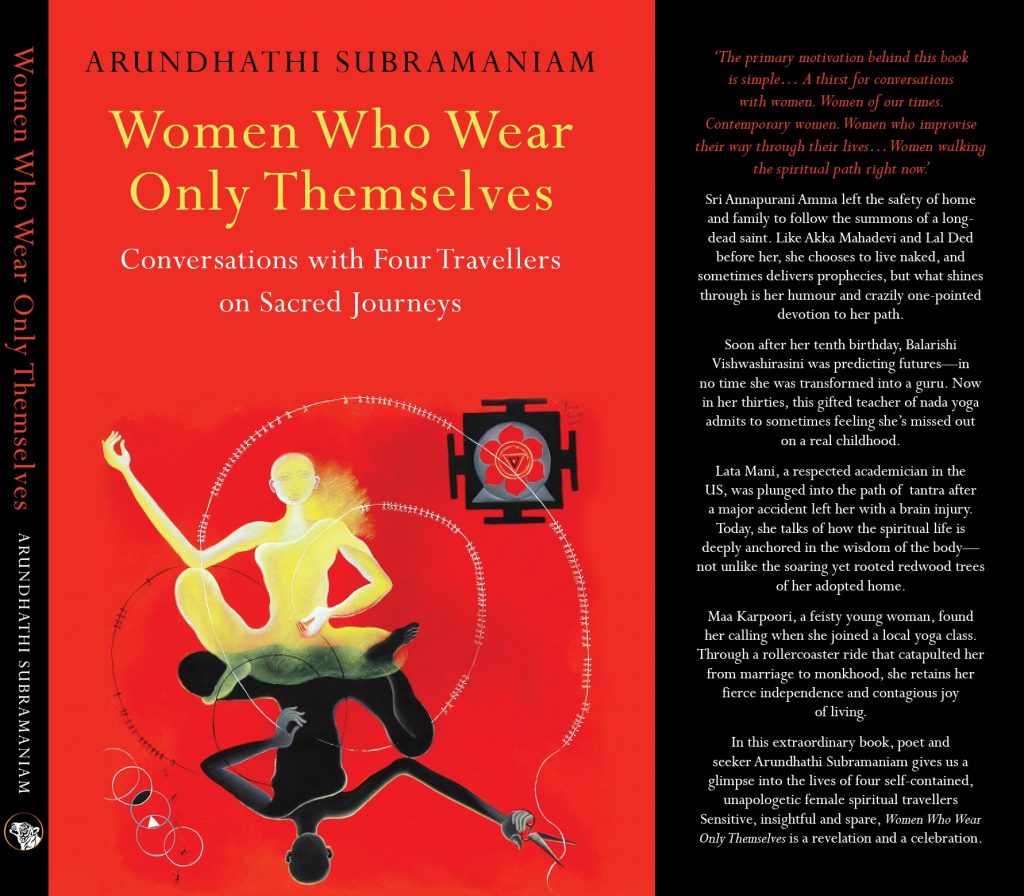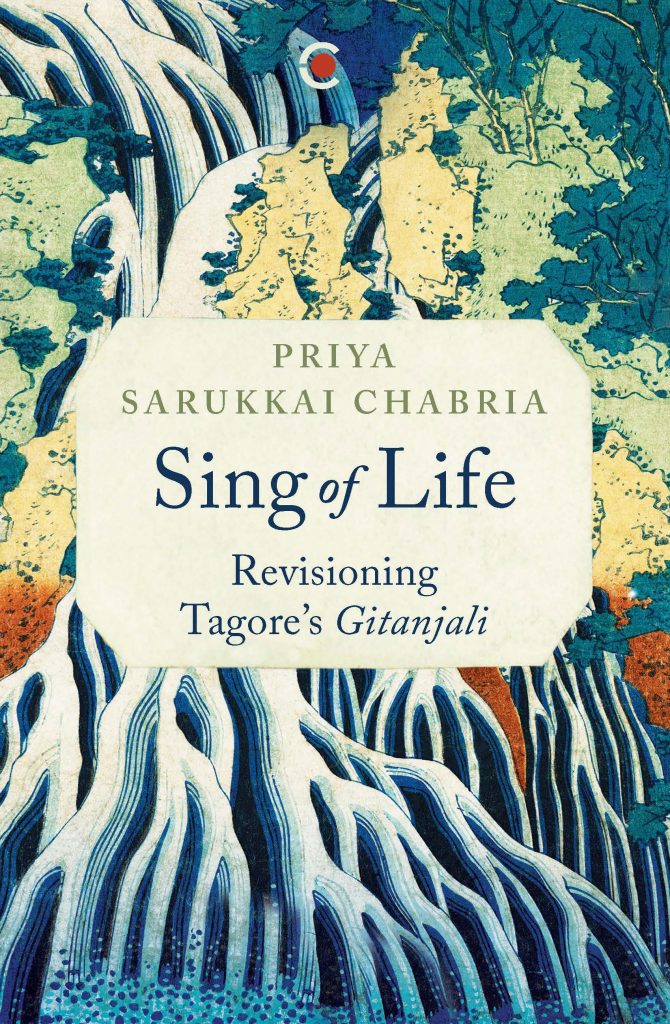Geetha Ravichandran
Gopal Lahiri is an award-winning, bilingual poet. His latest recognition is the first Jayanta Mahapatra award presented to him at the Toshali Lit fest in February 2024. He is prolific and has published several books of poetry till date. Gopal Lahiri straddles between abstract concepts and vivid imagery with practiced ease and engages with the reader, invoking memories and sketching tales that speak of greyness , loss and quiet celebrations.
Crossing the Shoreline by Gopal Lahiri is about liminal spaces and the quest to embrace the unknown. The poet uses clutches of metaphors and experiments with various forms of poetry to convey a sense of immediacy in his journeys and transitions across borders. A pattern emerges, as the poet lays bare his experiences and then watches from the shadows. This is borne out by the following lines from the very first poem of the collection which
shares the title with the book.
“unknown alphabets draw humpbacked sand dunes
aligned in endless rows on the shore
of my sleep”
In the first section, “Voices of Concision” the poet displays an economy of words and yet manages to mine the hard, outer crust of thought and holds up hidden meanings.
“Stories are just stories
I listen and forget”

The poet is, as he puts it in the poem ‘Crossing’, “building the quiet raga amidst the chaos”
In the imagery the poet uses, there is an amalgam of the mundane and the complexity of chaos, and they enmesh seamlessly. In the poem ‘City -Skins’ , the poet writes
“woodpeckers write the evening lyrics,
The tide of new settlers
opens up a new conversation,
lies, more lies or death”
There is thus a modulation, even irony as finality approaches.
Some of the poems in this section speak about the difficulties of conversing, the poignancy of meanings lost between exchanges of words.
“Switching on and off, I want to
converse but with each failure
I squelch around, push my gaze away,
and my heart returns to the cage.”
This theme of lost meanings recurs in the poem “Poetry mirror” where the poet says,
“My words can’t reach you, alphabets rustle,
I am watching all these through my broken mirror”
In the section 14 liners, the poet experiments with the sonnet form and binds words in a typical structure while at the same time loosening the knots to allow word play. The sonnet has a fixed poetic form, consisting of 14 lines, usually in iambic pentameter. Lahiri’s sonnets are bold experiments in free verse . In this section the poet speaks of time, space and everything in between.
“ Then there is the blank space
The wall clock stops at quarter to nine.”
In the poem ‘Far and Beyond,’ the air is thick with melancholy- ‘words become solidified wax’… while ‘the trees bend to one side, losing their songs in every leaf.’
The same melancholy also pervades the poem ‘Frozen Ballet’
‘It is right here, the ending , you circle around,
The figures are whirling yet still in a frozen ballet’
In the poetry of Gopal Lahiri there is pointed attention to what lies beyond the apparent, where the seed of hope and renewal nestle. While there is darkness , there is also a hint of warmth.
“I remember how long the winter was, how pure, how dense.”
“I am going to give back to the trees
the leaves they have lost,
to the fallen feathers the bird,
to the sun sharp lights”
And again, the contemplation of absences and losses, paradoxically arouses a new energy in the poet.
“I must wake up with light, speak to the arrays
Till they become my voice in every morning”
“Black now fills me with hope, showcases love and light
Weave a tender ethereal story”
The poet outlines the transitory nature of time and space. And therefore, memory arches over to tell the stories.
“Your voice rears high up to meet a liquid sky connecting to memories,”
And again,
“Memories are kept in long boxes and the fine tissues drop whispers there”
The poet’s verbal acuity is on display in the Japanese short forms, Haiku and Senryu which are included in the third section of the book. This form is used by the poet in creating visual vignettes which also layer a deeper meaning. The poet holds up the little things, the details of the ordinary day to be seen through a clear lens. The images mango buds, rail tracks, sunset and twilight speak to the reader in the form of the Haiku, which are gentle yet distinct
whispers.
The last segment in this book contains five Haibun. The prose and the haiku meld seamlessly.
In ‘Sight and Sound’ the poet startles the reader with a pithy Haiku,
carefree summer
go as you like clouds
drop text messages
In the Haibun ‘Snapshots’ the poet contrasts colour and erasures, flashes of brilliant memories with commonplace experience of the quotidian.
Twilight
grey sparrows share
ghost stories
The warp and weft of the book is authenticity and a breadth of exposure to the core of human experience. It grabs the readers’ attention with an adroit mix of directness and suggestion.
Geetha Ravichandran is a retired IRS officer. She has published two books of poetry, published by Red River. She also contributes poetry to several journals and writes a monthly column for a leading newspaper. She lives in Chennai.





